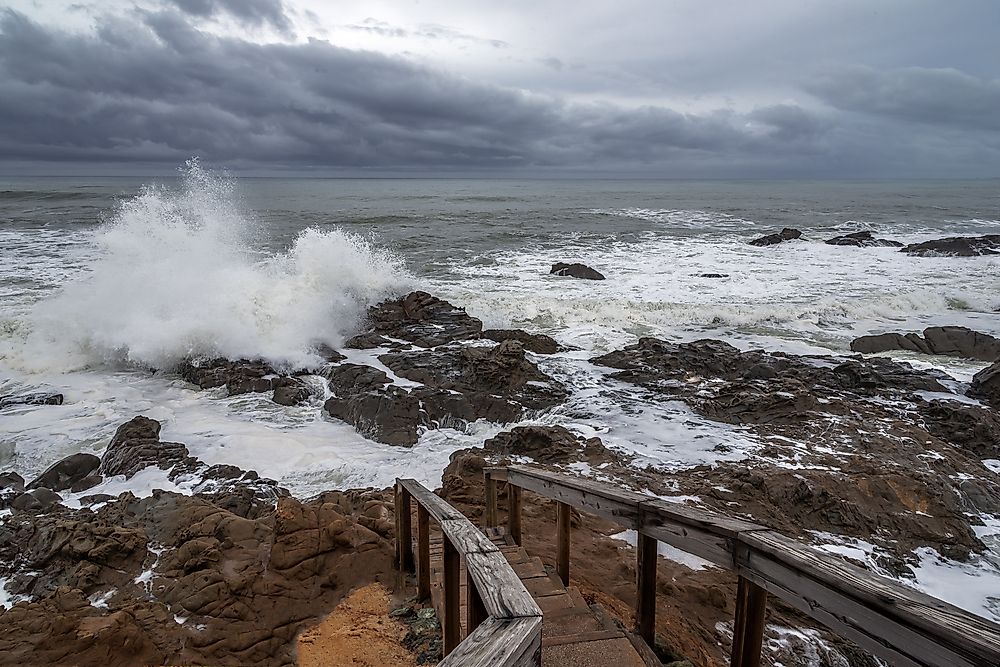What Is El Nino?

The term El Niño came from Peruvian fishermen who noticed that every two to seven years strange weather conditions occurring in December and January led to a drastic reduction of fish in the ocean. The conditions were thus named El Niño which is Spanish for “the baby boy” due to their occurrence in the Christmas period. The El Niño is a meteorological occurrence which is part of the El Niño Southern Oscillation. El Niño is characterized by warm oceanic water in the east-central and central Pacific. The western Pacific is characterized by high pressure while the eastern Pacific is characterized by low pressure. During this period, winds which generally blow from east to west along the equator get weaker causing warm water in the west to get drawn heavily towards the east leading to El Niño weather conditions.
Meteorological Effects of El Niño
The warm El Niño can lead to intense storms including tropical cyclones due to the drastic change of the wind cycle. Intense cyclones are typically experienced in the northwestern Pacific while the frequency of cyclones is likely to increase in the south Pacific. In the central Pacific, tropical cyclones are expected to increase by up to 70% in Tahiti and 100% at Kwajalein. El Niño also creates more wind shear and a stable air cover over the Atlantic Ocean leading to lower hurricane prevalence.
Precipitation
The El Niño causes high amounts of rainfall to the east of the Pacific Ocean along the western coast of South America. Countries such as Peru, Chile, and Ecuador experience high rainfall during an El Niño. Countries such as Indonesia which lie to the west of the Pacific Ocean tend to experience drier than usual conditions. Dry conditions are also experienced in regions such as Australia, Southeast Asia, the Pacific Islands, and India. In the US, stronger El Niño is known to cause lower than average rainfall in the Ohio and Tennessee valleys. The southern tier of the US is also known to experience higher precipitation. In the African Continent, high rainfall is usually experienced in countries such as Kenya and Tanzania while drier conditions are experienced in the southern part of Africa.
Economic Effects of El Niño
Countries affected by drier weather conditions, such as South Africa, often experience a hike in the price of rain-fed agricultural commodities. A short-lived fall in economic activity is also experienced in countries such as Australia and Japan. The El Niño can also cause huge economic losses due to flooding in areas such as the western coast of South America and economic depression on parts of the eastern coast of the continent as a result of the drought.
Effects of Climate Change on El Niño
Recent research studies by the ARC Center of Excellence for Climate System Science found that global warming causes an increase in the geographical area affected by varying weather conditions such as the El Niño. Areas such as Equatorial Africa, Australia, and South America were also found to be under risk of experiencing more extreme weather conditions as a result of El Niño.











